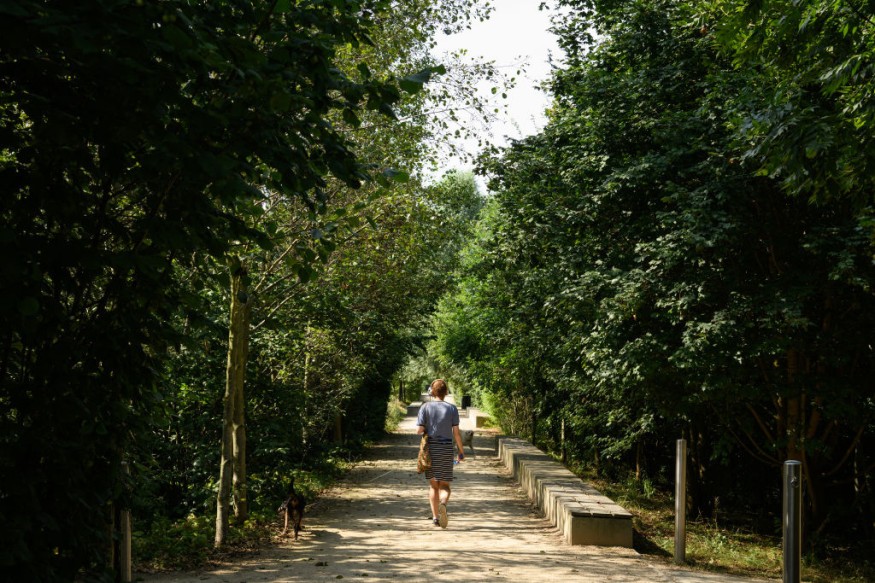A new study reveals that the more economically developed a city becomes, the happiness of its citizens becomes more directly correlated to the area of urban green spaces.
Researchers from the Korea Advanced Institute of Science and Technology (KAIST), led by Professor Meeyoung Cha of the School of Computing, studied the relationship between green spaces ad citizen happiness by analyzing satellite imagery datasets of 60 different countries.
They published the full findings of their study, entitled "Urban green space and happiness in developed countries," in the journal EPJ Data Science.

The Link Between Happiness and Urban Green Spaces
Urban green spaces, like backyards, parks, riverbanks, and urban farmlands, contribute to the happiness of citizens by promoting physical and mental health, EurekAlert! reported.
However, the lack of data had been the main concern in carrying out further studies as most previous research was conducted in affluent parts of the world, such as the US and in Europe.
Challenges in gathering data and measuring green space have left the question of the possible positive effects of green spaces on mental health open and unanswered for many countries with different socioeconomic conditions.
But researchers from KAIST used the Sentinel-2 satellite imagery dataset to measure every country's urban green spaces as the total vegetation index per population in the most populated cities. They chose 90 cities from 60 countries to represent 10% of the studied countries.
ALSO READ : Walk in the Park May Help Alleviate Stress
They analyzed the satellite imagery dataset from summertime, which is June to September for countries in the Northern hemisphere and December to February in the Southern Hemisphere. They used the happiness score from the World Happiness Report of the UN.
They found a positive correlation between happiness and urban green spaces in all countries. That means that urban green spaces increase citizen's happiness compared to the baseline happiness determined by their country's wealth.
The team also examined the 30 wealthiest countries and found that economic prosperity is crucial for happiness up to a certain level, but after that, urban green spaces are a better indicator of happiness.
Also, they identified a positive relationship between social support and urban green space, which highlights the importance of maintaining urban green space.
The team also identified a direct positive relationship between social support to urban green space. This indicates that the variable of social support can serve as a mediator between green space and happiness. This finding underlines the importance of maintaining urban green space as a place for social cohesion in support of people's happiness.
Policy Implications of the Study
The team said that the findings of their study could have implications on the policy of each country, Science Daily reported. First, public green spaces must be accessible to citizens to enhance social support. Without that, the positive role of social support on happiness might diminish.
Second, both developed and developing countries must have proper urban planning for urban green spaces, especially where new cities and suburban areas are rapidly expanding.
Third, more attention must be paid to predict climate change and its impact on the maintenance of urban green spaces.
Researchers noted that the tool they developed for this investigation can also be used to quantify aquatic environments and their possible effects on citizen happiness in future studies.
RELATED ARTICLE : Experts Identified Benefits of Pop-Up Parks in Urban Areas
Check out more news and information on Green Spaces in Science Times.











